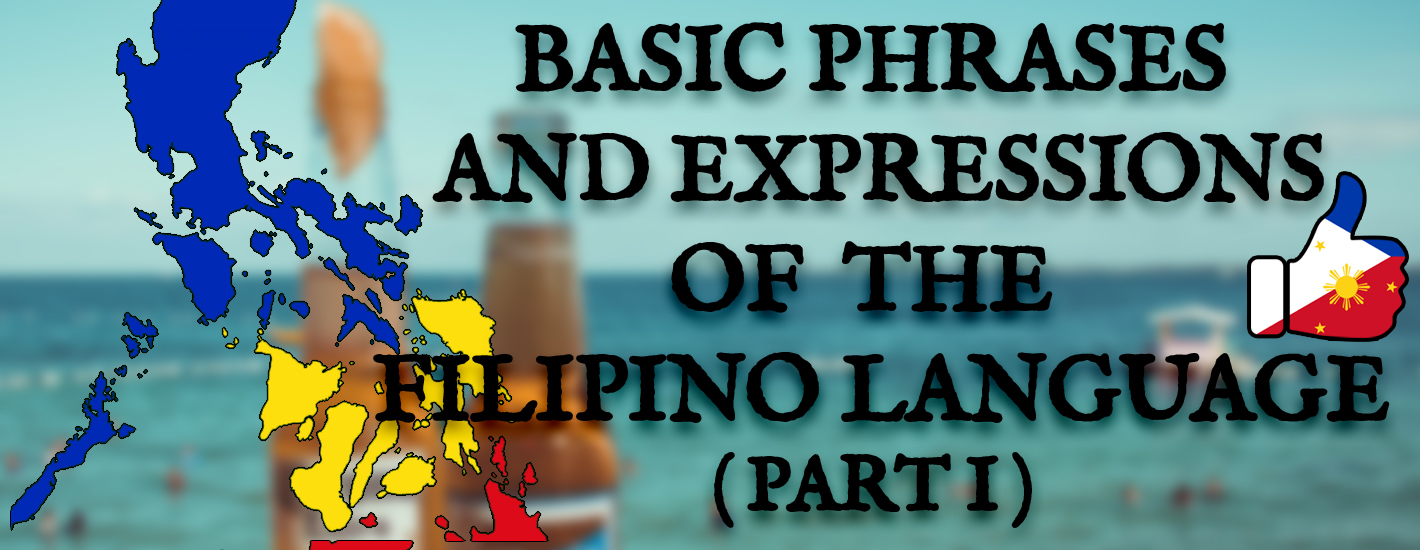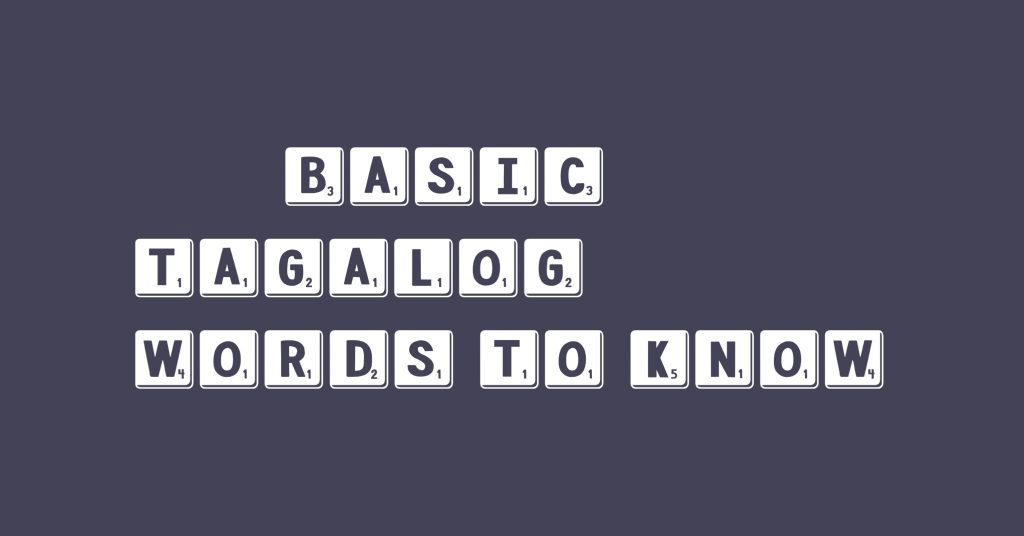
In this guide, we are going to LEARN, UNDERSTAND and SPEAK the basic greetings that local citizen use.
Most Filipinos understand the basics of the English Language. Filipinos are easy to have a conversation with, they are friendly. They can converse anytime, anywhere. Though, some tend to be shy and less talkative, don’t be offended if they do so.
What is the Filipino Language?
-> Filipino in this usage, refers to the national language (Wikang pambansa/Pambansang wika) of the Philippines. Filipino is also designated, along with English, as an official language of the country. It is based on the Tagalog language, an Austronesian, regional language that is widely spoken in the Philippines. As of 2007, Tagalog is the first language of 28 million people, or about one-third of the Philippine population, while 45 million speak Tagalog as their second language. Tagalog is among the 185 languages of the Philippines identified in the Ethnologue. Officially, Filipino is defined by the Commission on the Filipino Language (Komisyon sa Wikang Filipino in Filipino or simply KWF) as “the native dialect, spoken and written, in Metro Manila, the National Capital Region, and in other urban centers of the archipelago.”
Filipino is officially taken to be a pluricentric language, as it is further enriched and developed by the other existing Philippine languages according to the mandate of the 1987 Constitution. Indeed, there have been observed “emerging varieties of Filipino which deviate from the grammatical properties of Tagalog” in Cebu, Davao City, and Iloilo which together with Metro Manila form the four largest metropolitan areas in the Philippines.
Source: Wikipedia
Is it useful to learn? Yes, at times.
In what ways is the Filipino language useful?
- Helps establish a connection with the local people
- Develop special friendship
- Embrace the culture and tradition
- Better opportunities and interactions
- Avoid getting ripped off easily
Here is a list of some useful words and phrases in Tagalog, the main dialect used in Metro Manila.
GREETINGS
How are you? / Hi/ Hello – Kamusta ka? / Kamusta
I’m fine – Mabuti or mabuti ako
Good Morning – Magandang Umaga
Good Afternoon – Magandang Hapon
Good Evening – Magandang Gabi
SAYING THANK YOU AND WELCOME
Thank You – Salamat po
You’re Welcome – Walang anuman
INTRODUCING ONE’S SELF AND ASKING PERSONAL INFORMATION ABOUT THE OTHER PERSON
My name is – Ako ay si
What is your name? – Ano pangalan mo?
I am ___ old – Ako ay ___ taong gulang
How old are you? – Ilang taon ka na?
I live in Sarok, Camp 7 – Ako ay nakatira sa Sarok, Camp &
Where do you live? – Saan ka nakatira?
PRONUNCIATION
Please note that TAGALOG (FILIPINO) words are pronounced exactly as you say and spell them. Vowels represent one separate syllable. The word MAGALING is pronounced as MA-GA-LING, this is a perfect example of this.
NEXT: General Conversation (Part 2)
최신 글
카테고리
보관함
Calendar
| 월 | 화 | 수 | 목 | 금 | 토 | 일 |
|---|---|---|---|---|---|---|
| 1 | 2 | 3 | 4 | 5 | 6 | |
| 7 | 8 | 9 | 10 | 11 | 12 | 13 |
| 14 | 15 | 16 | 17 | 18 | 19 | 20 |
| 21 | 22 | 23 | 24 | 25 | 26 | 27 |
| 28 | 29 | 30 | ||||